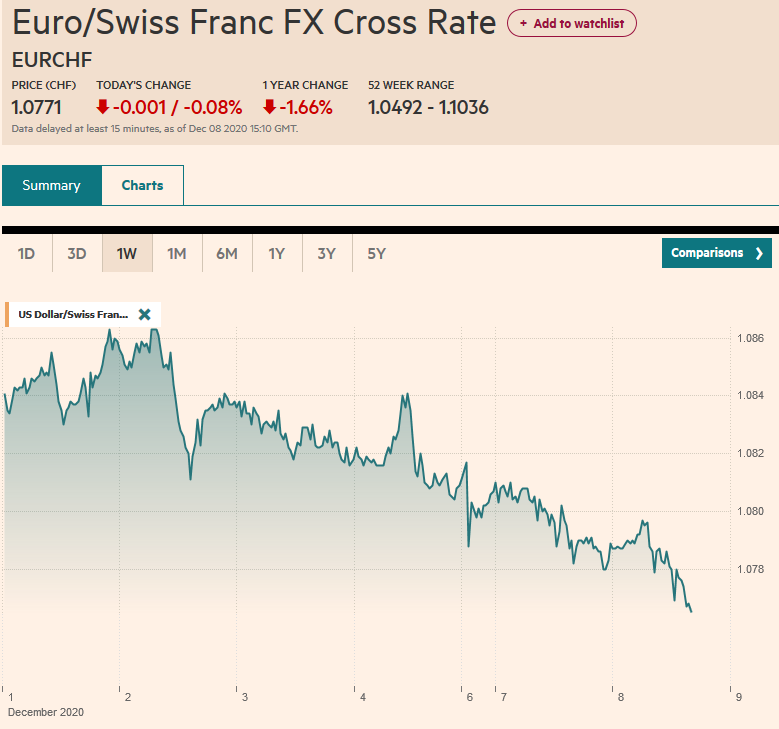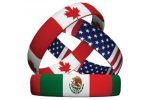Summary:
Canada maintains inflation target of the middle of a 1-3% band.
Adopts a trimmed and median core measure like Australia.
Market seems to be under-estimating the risk of a BoC rate cut next year.
 The Canadian government renewed the Bank of Canada’s inflation target for five more years. It is the midpoint of the one-to-three percent range.
The Canadian government renewed the Bank of Canada’s inflation target for five more years. It is the midpoint of the one-to-three percent range.
The five-year period runs until the end of 2021. The decision was widely expected. However, what was not expected was the changes to the Bank’s core measures. It previously excluded food and energy and six other volatile components, as well as the impact of indirect taxes.
Going forward, it will use three measures. The first is CPI-common, which will track the prices of the CPI basket. CPI-trim will exclude big price movers (outliers). CPI-median will track the median change of the prices of the CPI basket.
Canada’s new approach seems similar to Australia, which reports a similar three measures on a quarterly basis. The changes are unlikely to alter the substance of policy, The BA futures have rallied over the past week. The implied yield on the December contract has fallen from 93 bp last Monday to 87 bp earlier today. The implied yield of the June 2017 contract fell from 97 bp to 83 bp earlier today. All else being equal one would expected the implied June yield to be slightly higher than the December yield.
The OIS market appears to be discounting about a 13% chance of a cut at the December BoC meeting and a 20% chance of a rate cut over the next six months. We suspect the changes are somewhat greater over the medium term, even if last week’s unexpected drop in retail sales was exaggerated. A December hike by the Federal Reserve may buy the BoC some time.
The exchange rate continues to seem sensitive to the US-Canada two-year interest rate differential. The US premium is near 31 bp today. Early June saw a spike above there (~32 bp), but besides that spike, the premium is the largest since March.
The Canadian dollar has fallen about 1.7% against the US dollar so far here in October. That makes it the second best performance after the Australian dollar’s 0.8% decline. The element of caution to our bearish outlook for the Canadian dollar stems from the pace of its recent slide. The US dollar is on top of the upper Bollinger Band (~CAD1.3345).
Recall the bigger picture. The US dollar recorded multi-year highs in late-January, a little below CAD1.47. As oil recovered and ideas of Fed hikes faded, the US dollar fell back to CAD1.2460 by early-May. It has since chopped higher and at CAD1.3310, met the 38.2% retracement objective. The 50% retracement is near CAD1.3575 and the 61.8% retracement is CAD1.3840. The 50-day moving average is will likely cross above the 200-day moving average (Golden Cross) early next month.
Full story here Are you the author? Previous post See more for Next postTags: $CAD,newslettersent





































